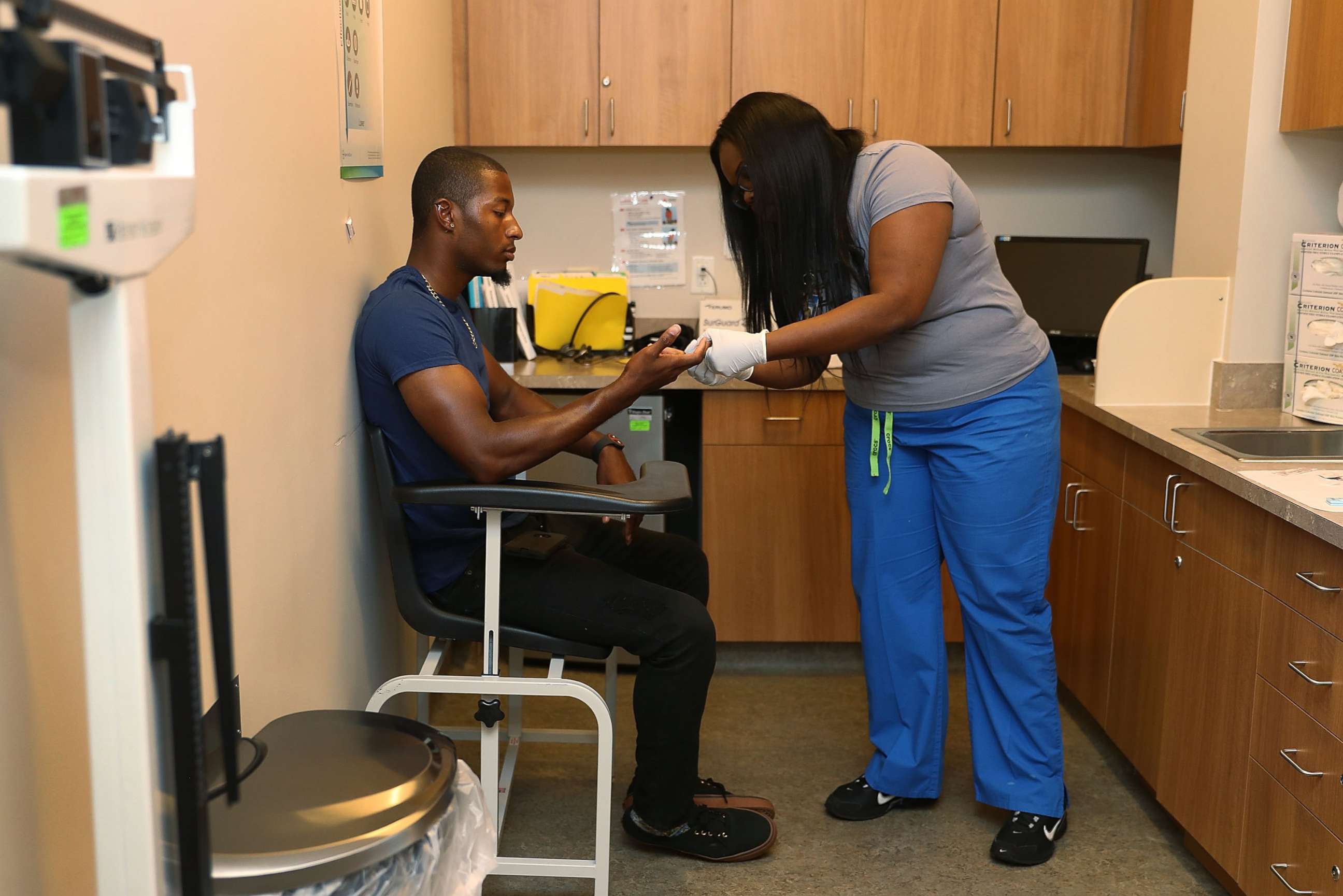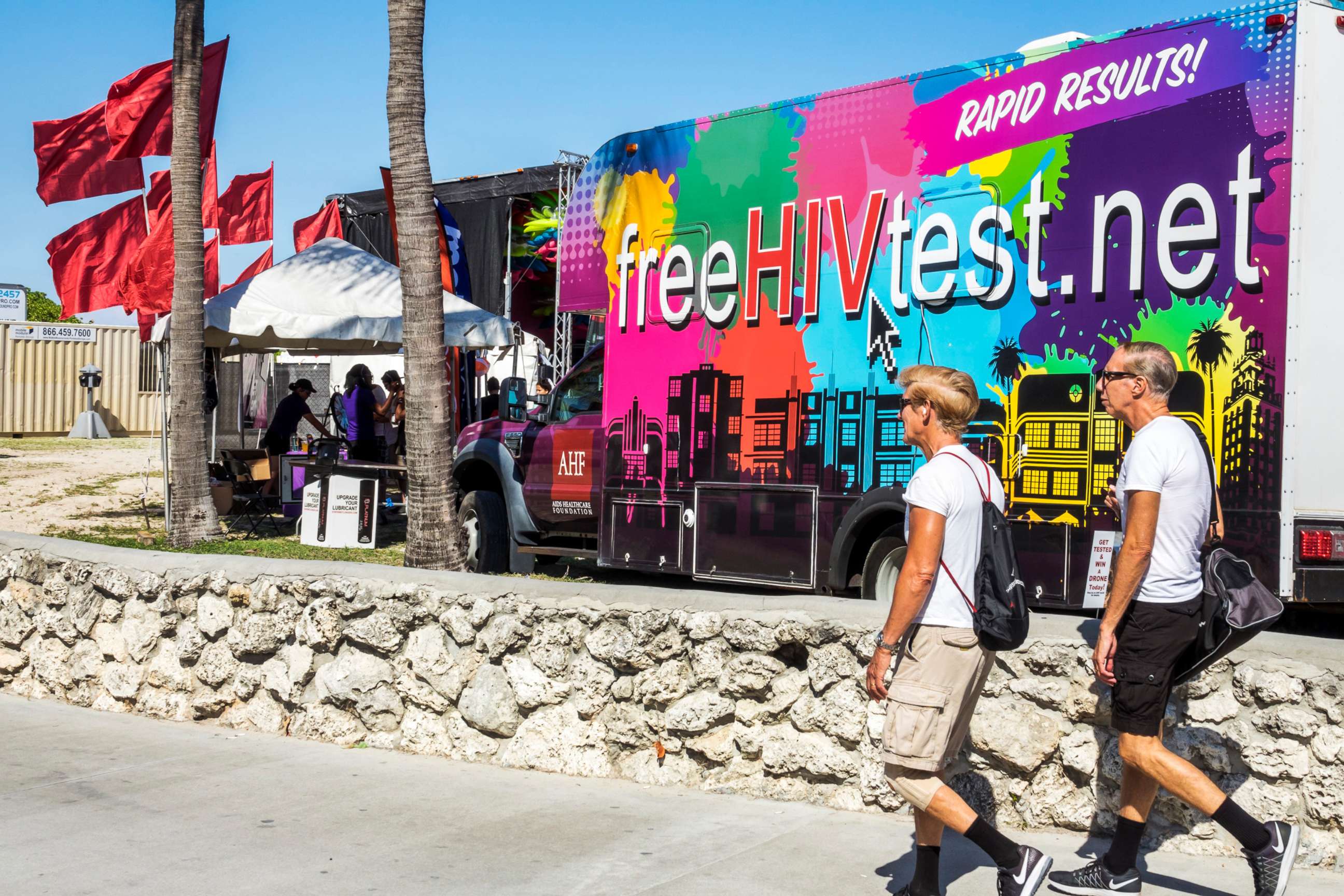Newly diagnosed HIV cases dropped during the pandemic – here’s why that’s bad news
Some of the groups most at risk had the sharpest declines in testing rates.
New HIV diagnoses dropped 17% during the first year of the pandemic, according to a new report from the Centers for Disease Control and Prevention, but researchers warn disruptions brought by the pandemic’s early lockdowns mean that far fewer people got tested.
“Usually, we would be celebrating a 17% drop in HIV diagnoses,” said Dr. Demetre Daskalakis, the CDC's director of the Division of HIV/AIDS Prevention (DHAP).
However, Daskalakis said, "We know that something happened specifically in 2020 that makes it unlikely that the 17% drop was more than an artifact of the impact of COVID-19 on HIV testing.”
Although it’s now possible to order at-home HIV testing kits, it’s unlikely at-home testing compensated for the loss of HIV testing services during the early pandemic, he said.

Now, experts worry thousands of people may be living with an undiagnosed HIV infection. Even before the pandemic, the CDC estimated that more than 1 million people were living with HIV in the U.S. -- but about 13% were unaware of their infection.
There is no cure for HIV, but current medications mean people can live long and healthy lives. After starting treatment, people living with HIV can virtually eliminate the risk of passing the virus to others.
The new CDC report found that some of the very groups who are most at-risk of HIV saw the sharpest declines in testing rates in 2020.
Among community testing sites, correctional facilities and other non-medical settings where HIV tests are often available, the report noted a 29% drop in HIV testing among gay, bisexual and men who have sex with men, and a 47% drop among transgender people.

There was also a 44%-46% drop in testing among Black, Hispanic and Latino people -- groups that also have a higher risk of HIV, regardless of sexual orientation or gender identity.
These findings, said Daskalakis, “could mean that some people are unaware of their HIV status.”
But today, HIV testing services are largely back up and running.
“It's a really good time to reinvigorate and really encourage everyone to get tested for HIV,” Daskalakis said.

The CDC says all teens and adults 13-64 should get an HIV test at least once during their lifetime. And those who have a higher risk of exposure -- including people who are sexually active with multiple partners -- should get tested more often.
In the wake of these new findings, the CDC is now hoping to raise awareness of the importance of HIV testing in the run up to National HIV Testing Day on June 27.
“That’s why it's so important as we approach National HIV Testing Day to focus on that message, which is HIV testing and self-care,” Daskalakis said.




